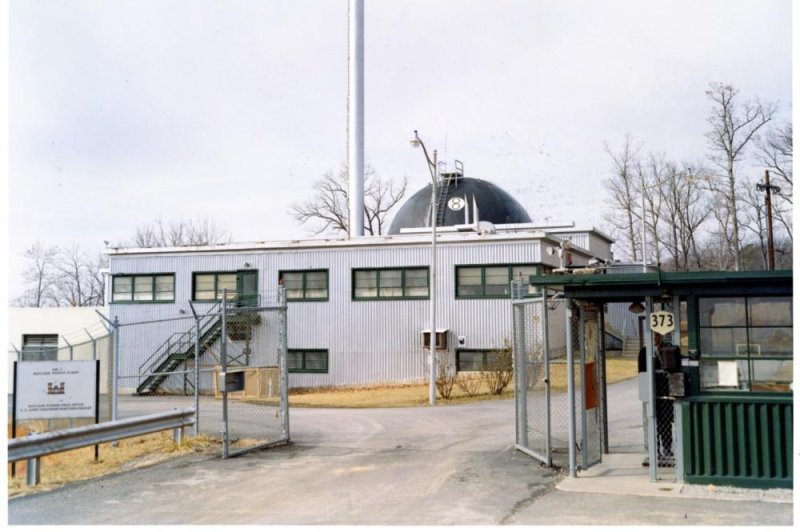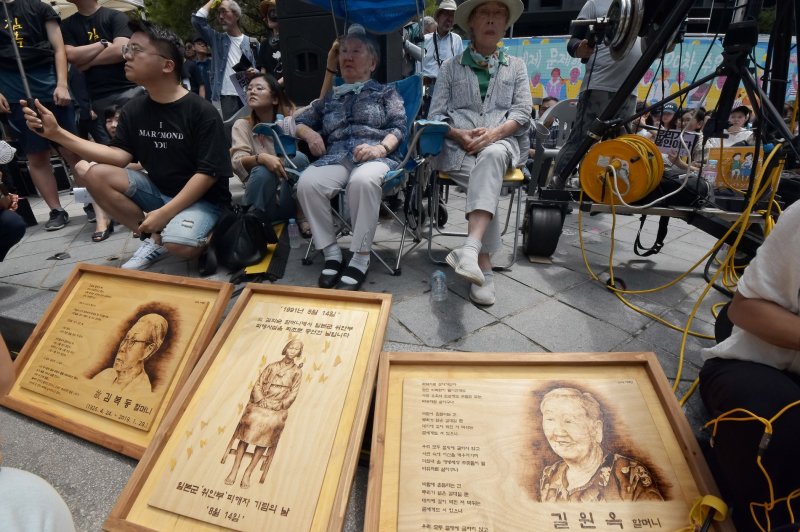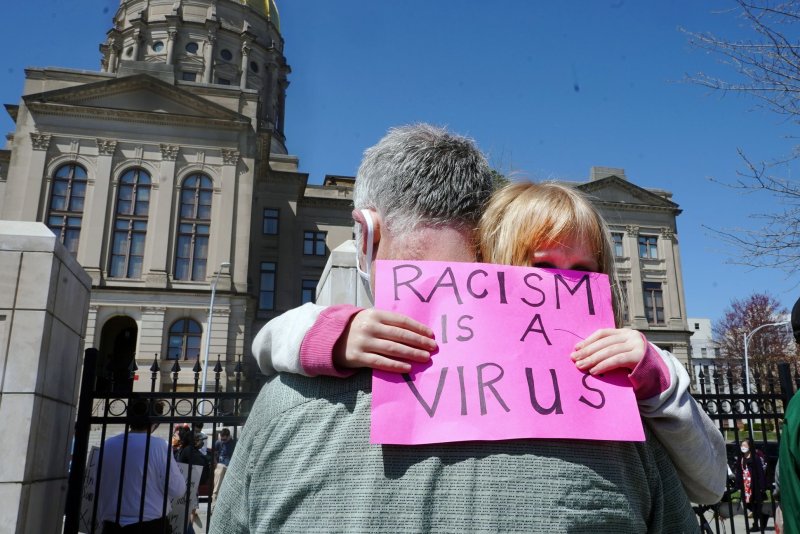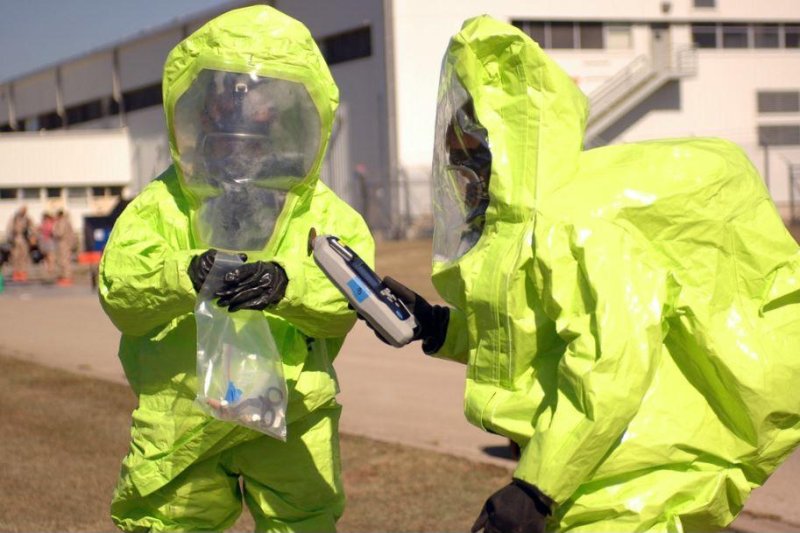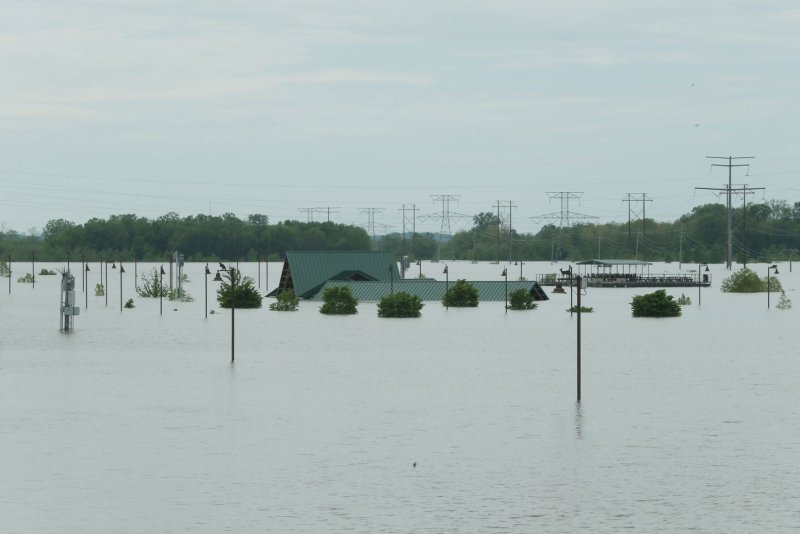Chicago suburb approves housing reparations for Black residents
March 23 (UPI) -- A Chicago suburb's city council became what is believed to be the first U.S. government to approve reparations, making available hundreds of thousands of dollars to right decades of wrongs committed by the city's discriminatory housing practices against its Black residents.
The Evanston, Ill., City Council voted Monday night 8-1 to approve the first phase of reparations that allots a $400,000 budget to the Local Reparations Restorative Housing Program that gives eligible individuals up to $25,000 in home ownership, home improvement and mortgage assistance funds.
"The Restorative Housing Program acknowledges the historical harm caused to Black/African-American Evanston residents due to discriminatory housing policies and practices and inaction by the city," according to city council documents.
Those who are eligible for the grants must be able to prove their Black and African American ancestors were residents of the city between 1919 and 1969 when it employed discriminatory zoning ordinances.
"Tonight's vote is just one step, but it is one step in the right direction," said Alderwoman Eleanor Revelle during the meeting. "And one thing that hasn't been emphasized enough is that the restorative housing program directly addresses the harm that was caused by decades of discriminatory practices here in Evanston ... to limit the housing choices and the opportunities of our Black residents."
The city said the first reparations program focused on housing as reparations must be tied to harm it caused and that there is "sufficient evidence" to show that the city's early zoning ordinances were discriminatory.
Revelle added Monday's vote will not be the end of actions to undo the city's injustices as they will continue to seek input for the next investment of reparations funds.
The move follows the creation of the Reparations Subcommittee of the City Council in August 2019 to determine how $10 million from the city's cannabis retailer's tax should be allocated. The Restorative Housing Program, the city said, was developed to focus on preserving, stabilizing and increasing homeownership with the intention of growing the wealth among Black Americans.
To date, the Reparations Fund has received more than $21 million in private donations on top of the 3% cannabis tax, it said.
"It is a first step," Alderwoman Robin Rue Simmons, who proposed the reparations plan, said during the meeting. "It is a first tangible step. It is, alone, not enough, it's not full repair alone in this one initiative. But we all know the road to repair and justice in the Black community will be a generation of work. It is going to be many programs and initiatives and more funding."
Daniel Biss, the in-coming mayor, issued a statement in support of the motion a day head of the vote, stating whether or not it passes "you can count on me to be a strong and vocal supporter" of the city's commitment to reparations.
"Reparations is a huge, difficult and complex project that seeks to address the damage done by White supremacy, one of the great prolonged evils in human history," he said. "It will not be 'solved' on the first try. On the contrary, we will have to try many different approaches, listen with an open mind to learn from what works and what needs to be changed and adjust our strategy on an ongoing basis."

